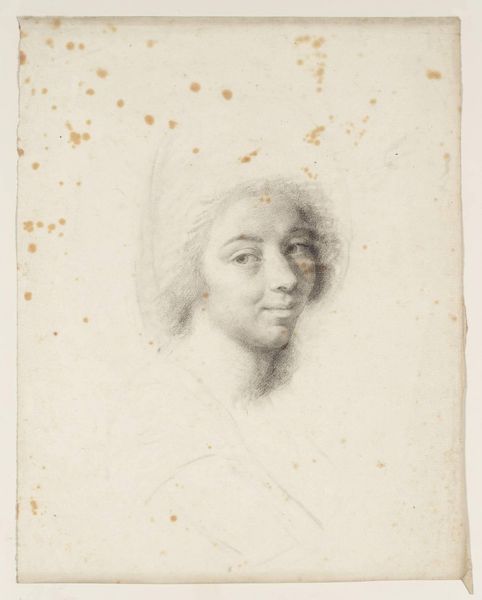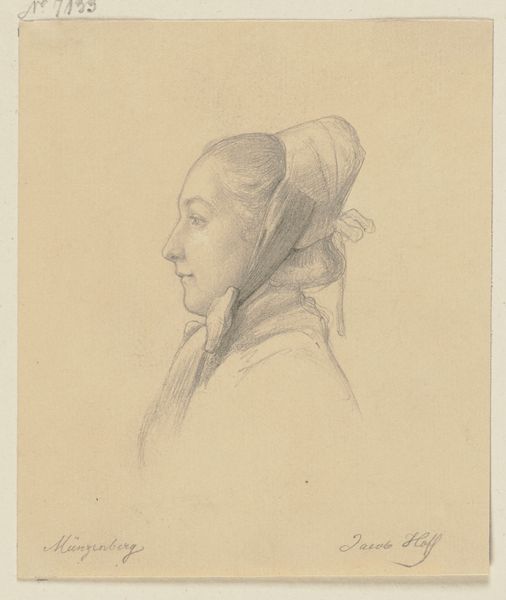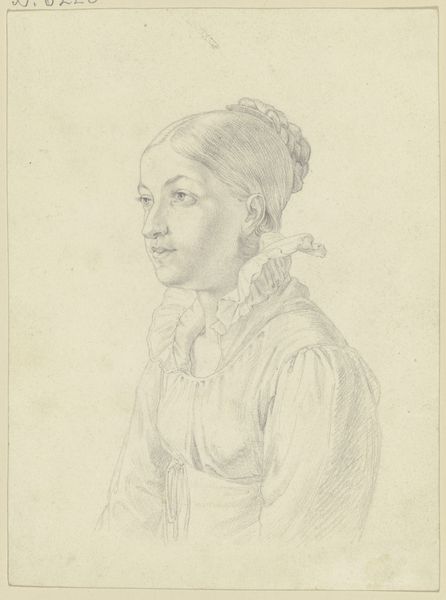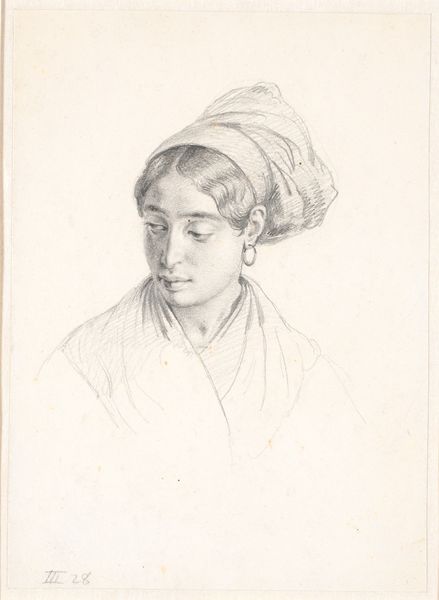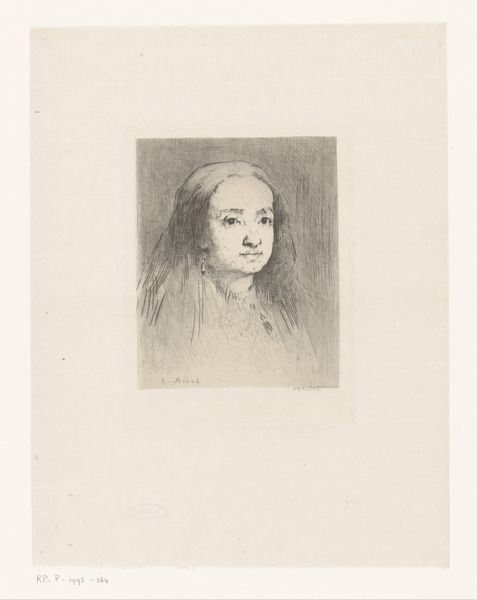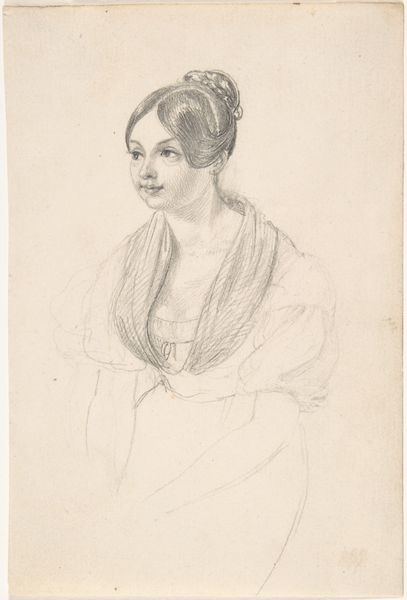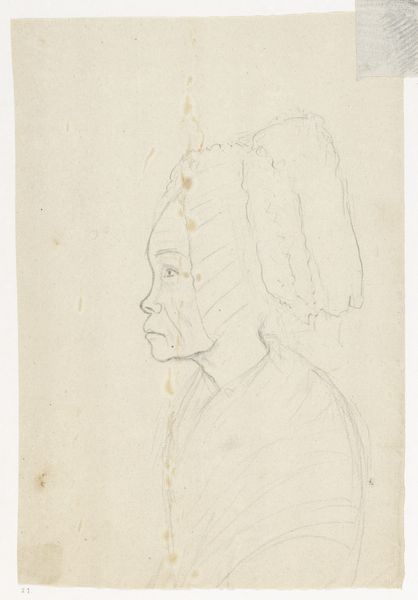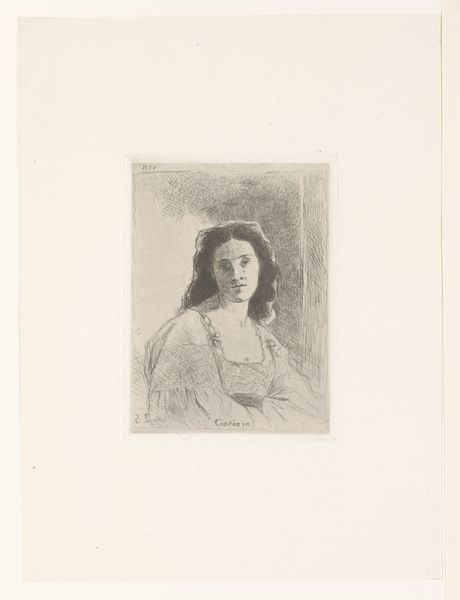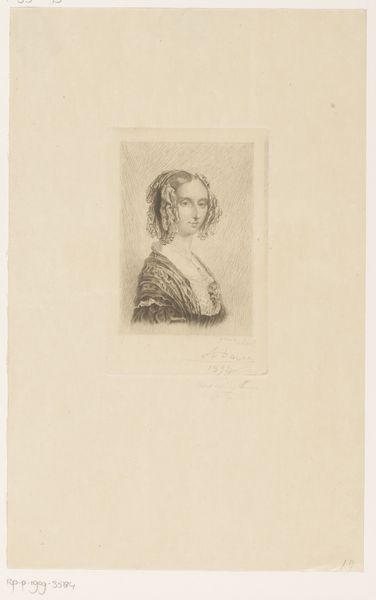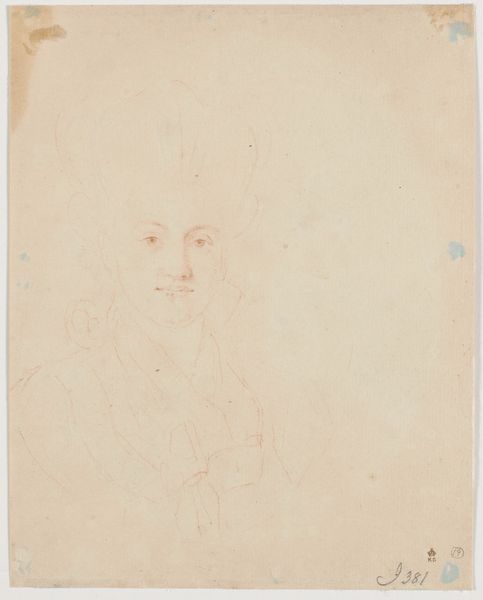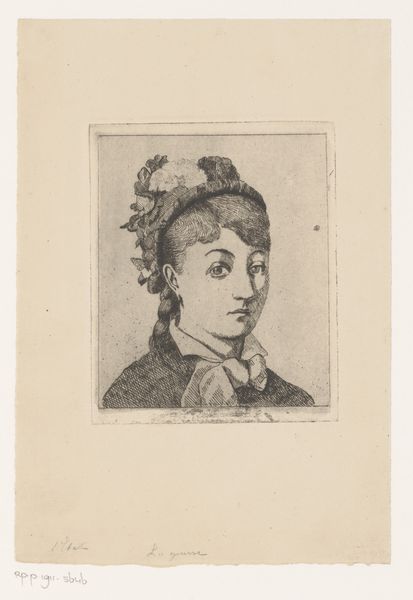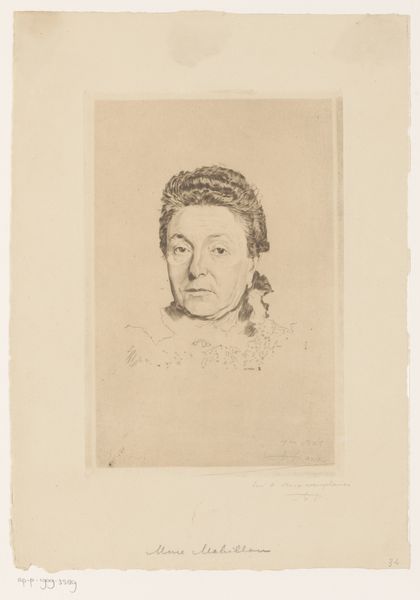
Portret van de regent Raden Adipati Aria Prawira Adiningrat van Besuki, Oost-Java c. 1821 - 1822
0:00
0:00
drawing, paper, pencil
#
portrait
#
drawing
#
asian-art
#
figuration
#
paper
#
pencil drawing
#
pencil
#
line
#
portrait drawing
#
academic-art
#
realism
Dimensions: height 221 mm, width 177 mm
Copyright: Rijks Museum: Open Domain
Curator: Let's turn our attention to this subtle yet powerful portrait. It’s a drawing by Adrianus Johannes Bik, made around 1821-1822, titled "Portret van de regent Raden Adipati Aria Prawira Adiningrat van Besuki, Oost-Java" - A portrait of the Regent Raden Adipati Aria Prawira Adiningrat of Besuki, East Java. Editor: The first thing that strikes me is the youthfulness conveyed in his face. There’s an undeniable grace but also a pensiveness hinted in the eyes and around his mouth. Curator: Indeed. This pencil drawing offers an invaluable glimpse into the complexities of power dynamics during the colonial period. Consider Bik, the artist, and Adiningrat, the Javanese regent. Their relationship, rendered on paper, is steeped in socio-political context. How did this commission come about, and what does it tell us about representation, agency, and the gaze in early 19th-century Java? Editor: Visually, it draws upon traditional portraiture while subtly imbuing Adiningrat with regional signifiers, namely his head covering. Note its meticulously rendered pattern, which undoubtedly signifies his status. How does this garment and his countenance work in tandem? Curator: It raises important questions about identity and self-fashioning. Adiningrat is carefully depicted. His status, as suggested through the cultural semiotics of dress, can be perceived both as a symbol of authority and, simultaneously, one of cultural resilience against colonial erasure. I wonder how his community received and interpreted such images. Editor: There is that duality, isn’t there? The gaze is also incredibly intriguing. I see dignity but also restraint, almost resignation. It suggests layers of untold narrative – hinting at the man's complex position during a transformative era. What could a study into the symbolism and iconographic depiction in the attire tell us about cultural memory? Curator: Exactly. And we need to address the inherent power imbalances when understanding his posture, the soft lines hinting more to be understood than is visually said, the symbolism in an image from an elite viewpoint in relation to contemporary critiques. This piece encourages dialogue across historical contexts of gender, class, and the continuing implications of colonialism in art today. Editor: This really sheds light on how art serves as both a product of and commentary on its time. I’ll walk away contemplating how we continuously unpack layers of encoded information.
Comments
No comments
Be the first to comment and join the conversation on the ultimate creative platform.
